Leading in Water: Mahmoud Ali
Mahmoud Ali, an undergraduate student at Zagazig University in Egypt, was given a unique opportunity: to travel halfway across the world to study at Utah State University.
From the Fall 2018 Edition of Discovery
In place and in time, Aggies celebrate beloved buildings on the USU Quad
As USU’s new Life Sciences Building nears completion and prepares to welcome eager scholars, it seems appropriate to reflect upon two, stately sentinels that grace the university’s beloved Quad. The Animal Science Building, current home to USU’s Department of Mathematics and the summer sun, the colors of autumn, the startling chill of winter and the fragrances of spring, becomes a home. Visits back to campus likely evoke all manner of emotions-- from nostalgia to the remembered dread of finals to nearly forgotten memories that spark a smile, a tear or laughter.
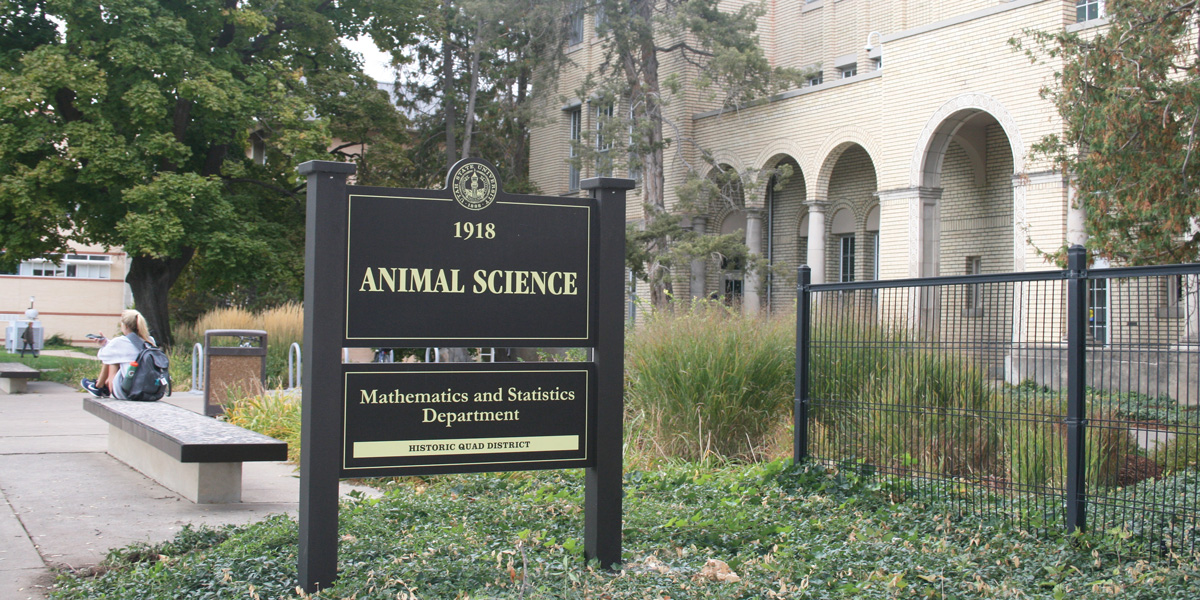
Animal Science and Geology, though each 10 decades old, are as busy and alive as ever, providing classroom and lab space and housing administrative offices. And lest you think they’re dusty, used-up or obsolete, think again. Members of each department inhabiting the dwellings have placed their special, centennary stamp to celebrate a commendable past and an expectant future.
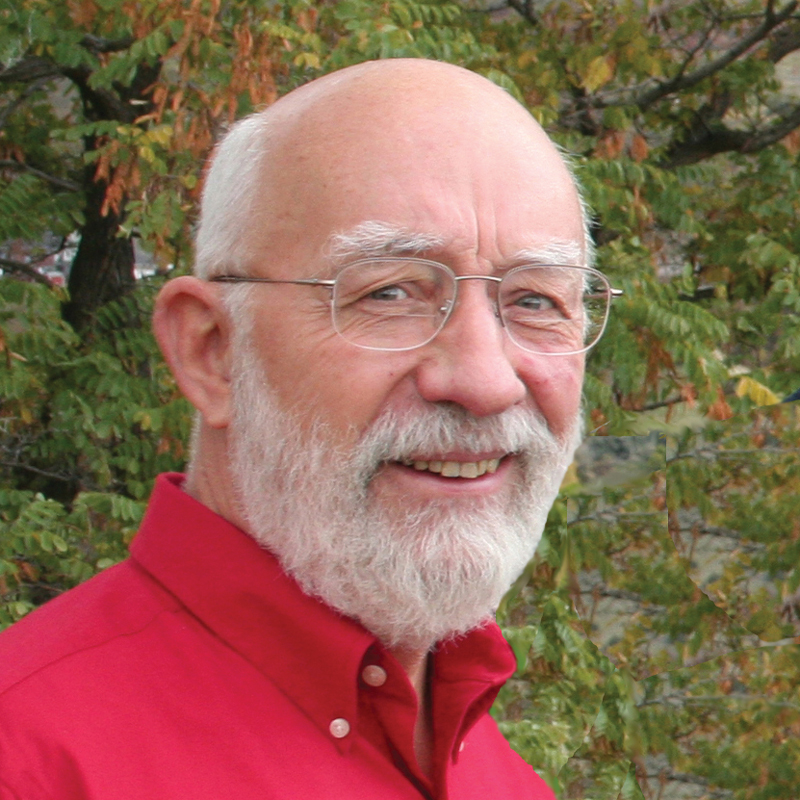
Step into the Animal ScAdditional Paragraphs]ience Building and prepare to be welcomed with cheerful, calming blues and grays, with plenty of cozy, comfortable student seating. Highlighted focal point of the building’s foyer, is Professor Lawrence O. “Larry” Cannon’s stunning creation, Twisted Double Torus. Carved from locust wood, Cannon completed the sculpture in 2014.
“Our space reflects our department’s personality: friendly, efficient and a little quirky,” says Linda Skabelund, undergraduate advisor for USU’s Department of Mathematics and Statistics.
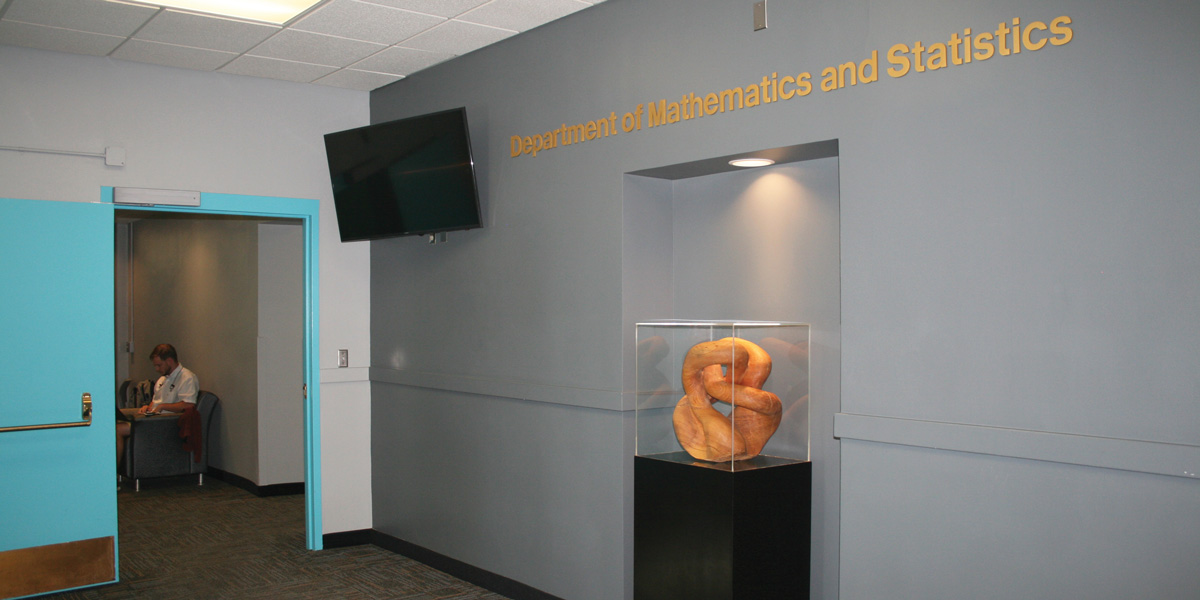
Next door to the Aggie mathematicians and statisticians, USU geologists have created an inviting rock garden, with an impressive collection of more than 25 rock, mineral and fossil specimens.
“Some of these were collected by students long ago and kept by the department, but many were collected on recent Geology field trips around Utah, Idaho and California,” says Amy Hochberg, instructor in USU’s Department of Geology.
Hochberg approached Geology Department Head Joel Pedersen with the idea of creating the rock garden, as she searched for specimens to use in her classes.
“Joel loved the idea and ran with it,” she says. “When we put the word out to students that we needed more specimens, they responded with enthusiasm.”
Hochberg says recent USU graduate Michael Ferraro (BS’18, Geology) expressed particular interest in the garden project and crafted a beautiful bench using sandstone from the Moenkopi Formation in Utah’s San Rafael Swell. He collected the stone with classmates Josh Barna, Kenny Kehoe and Evan Millsap in Fall 2017.
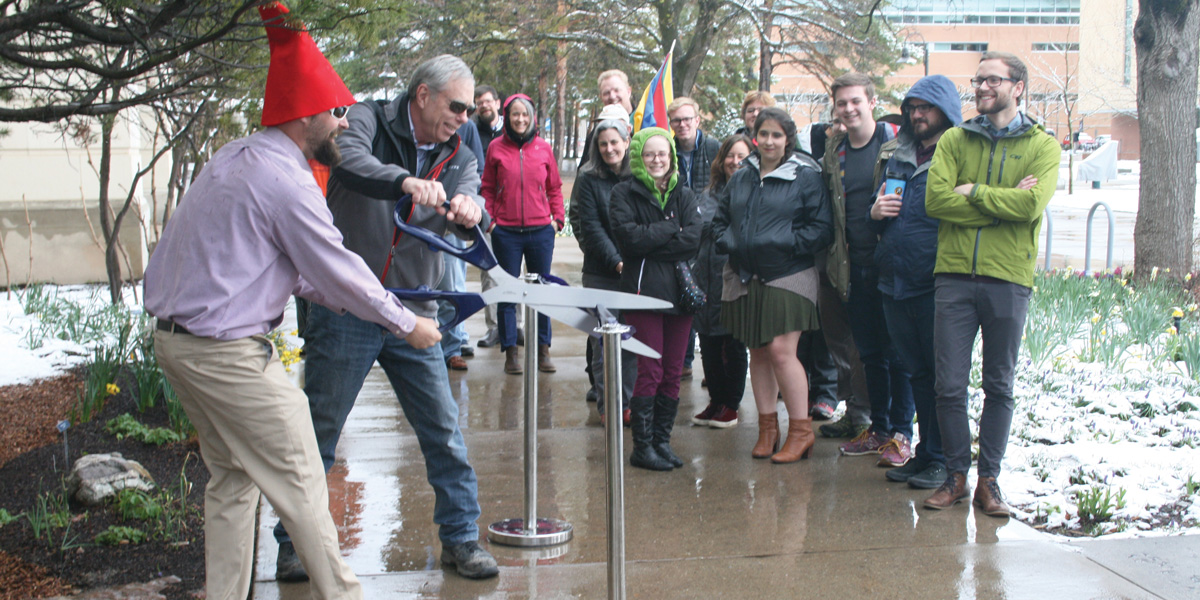
It was also Ferraro’s idea, Hochberg says, to name the garden in honor of the Geology Building’s 100th anniversary.
The task, Frazier says, was, by most standards, a senior-level group mechanical engineering project, but Benally completed it on his own.
The garden’s specimens range in age from three billion years to 2,500 years and are placed in chronological order around the Geology Building, from west to east.
“The specimens were collected through the years on class field trips, research expeditions and by serendipitous circumstances,” says USU Geology Professor Dave Liddell, who guided the project and prepared the Centennial Rock Garden Tour pamphlet, which is available online at the departmental website at geology.usu.edu, as well as in print in holders at the garden site.
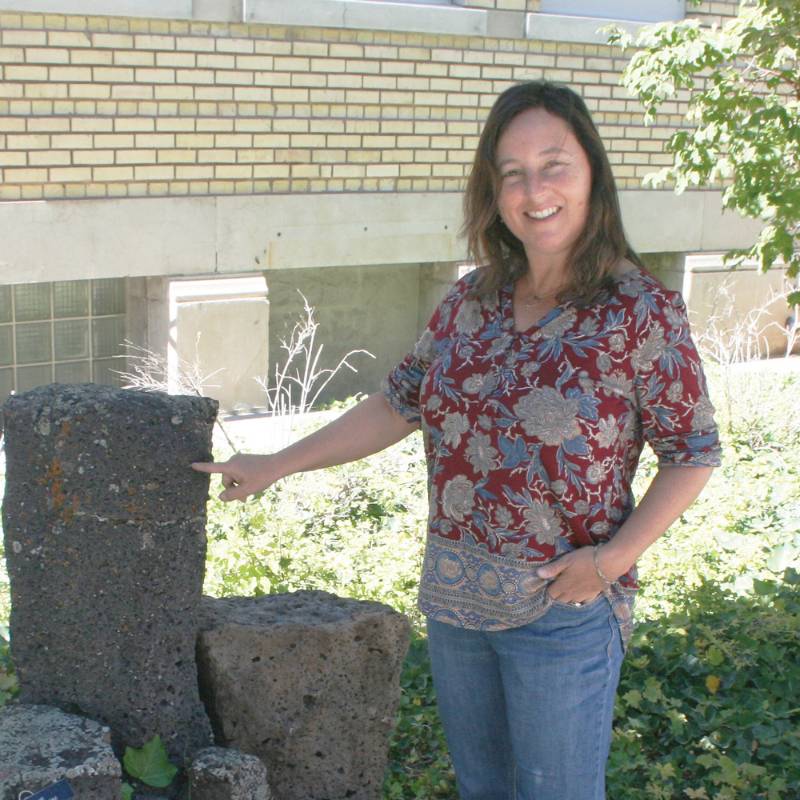
Hochberg says the specimens are also organized in the garden by type, with metamorphic rocks on the west side of the building, sedimentary rocks, some containing fossils, on the south side of the building (facing the Quad) and most igneous rocks, including volcanic rocks such as basalt and obsidian, on the building’s east side.
“It’s really nice to watch people stop and study the rocks and know that not just students, but the entire community, is benefiting from our garden,” she says. She adds an advantage to a rock garden, is it’s visible year-round -- even on the coldest, snowy days.
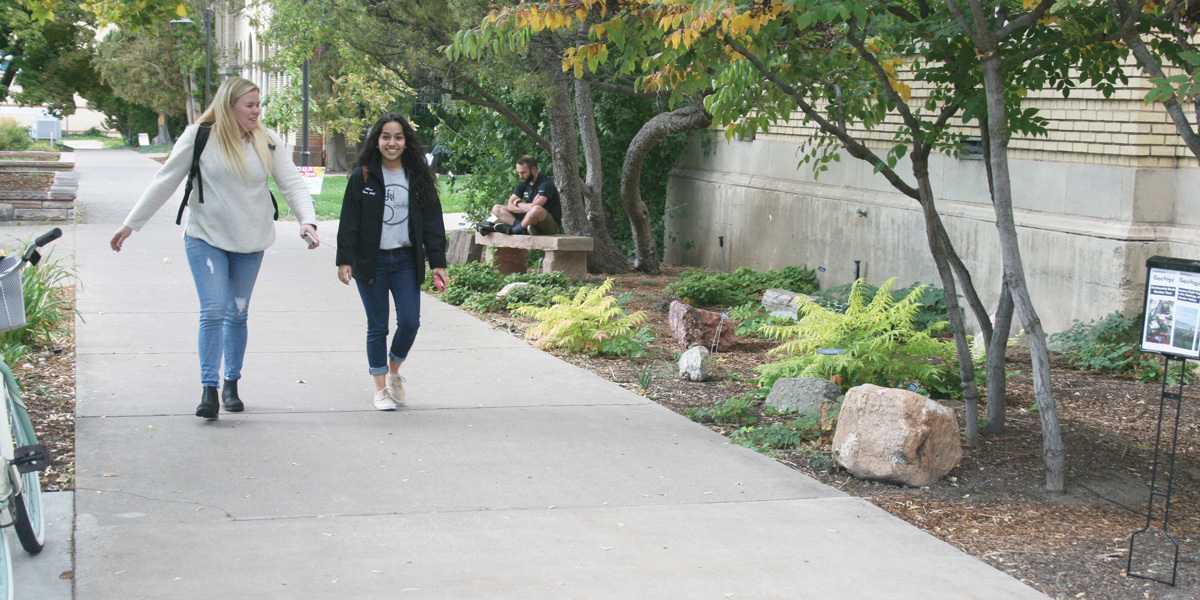
“We’ll keep expanding the garden, as we receive new specimens,” Hochberg says.
The garden was officially dedicated on a snowy day in April 2018, with a number of students, alumni, faculty and staff in attendance.
Ferraro, gifted with a tall, red hat and dubbed the garden’s official “gnome” and Liddell cut the ceremonial ribbon.
Pederson, who led the ceremony, described the garden as a “labor of love.”
“We’re grateful to everyone who helped to make the garden come together,” he said. “It’s a wonderful tribute to our students -- past, present and future.”
“My favorite place was Electrical Engineering’s Power Electronics Laboratories’ test track facility, where researchers are pursuing wireless power transfer research to improve the world’s energy and transportation infrastructure,” he says. “The lab featured two large, refrigerator-looking power supply units called the ‘Regatron’ that supplies 64 kilowatts of power each. It’s scary, but fun having that much power at your hands, if you know how to use it.”
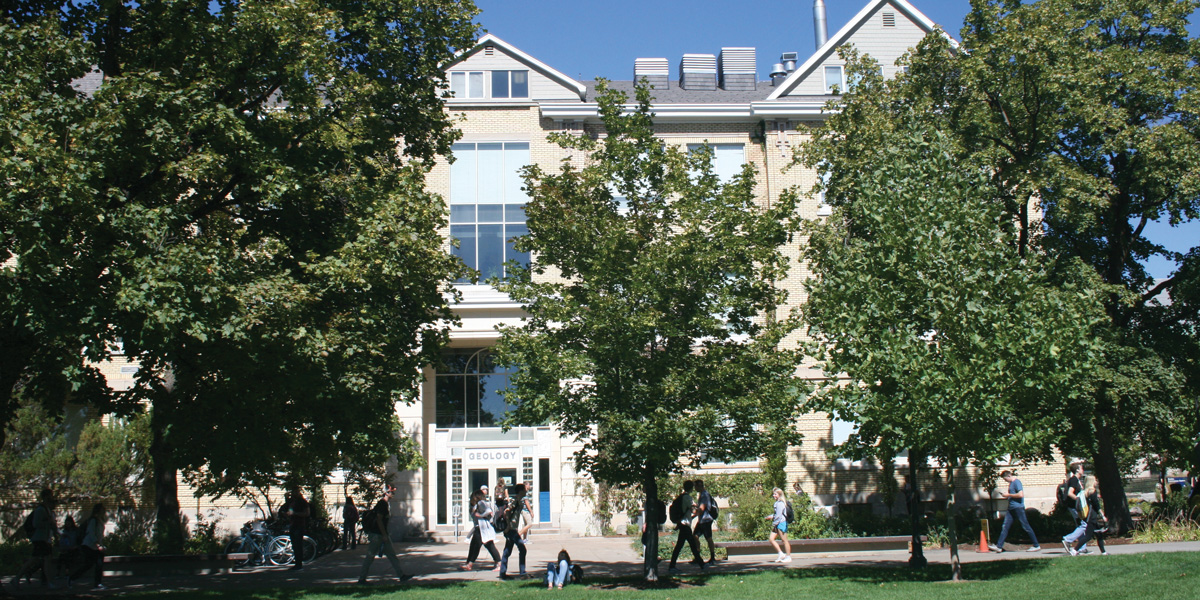
By Mary-Ann Muffoletto